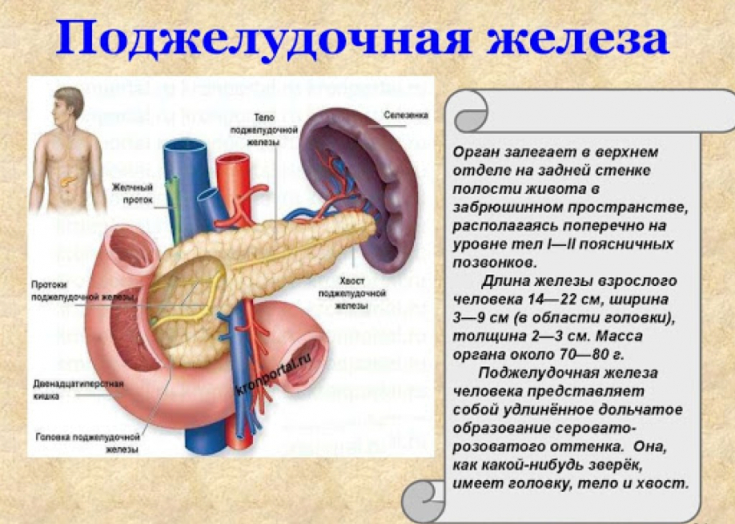Starving – a practice long known for its beneficial effects on the body. Abstinence from food helps with diabetes, rejuvenates the body, stimulates the immune system.
The editors of estet-portal.com will talk about how to restore the pancreas with the help of fasting. How this powerful tool works, which will help improve this element of the digestive system, which is not so easily influenced from the outside . We will tell you how to fast so that it only benefits you.
- How to restore the pancreas by fasting: the effect
- Fasting Simulation: How It Works
- Proper and healthy fasting: nuances and limitations
How to restore the pancreas by fasting: the effect
The effectiveness of fasting as a method of pancreatic recovery has been proven experimentally. This is not a complete rejection of food, but a significant restriction of its calorie content.
Subscribe to our page on Instagram!

The studies were carried out in two stages on laboratory mice and this is what they showed:
- Mice have no symptoms of diabetes;
- positive effects on metabolic processes were observed;
- increasing the effectiveness of the treatment of malignant tumors;
- a decrease in the amount of a protein that was responsible for the development of Huntington's disease.
Read also: Nutritians recommend the best detox for the body: watermelon fasting day
In the course of the study, we are talking about cyclic fasting – this is what is important in the question of how to restore the pancreas. Calorie restriction does not happen all the time, but in certain small periods. Usually it's – a few days per month.
Imitating fasting: how it works
Regular fasting, which everyone has heard of, involves a complete refusal of food for a long time. And the imitation of starvation – this is a significant reduction in daily calorie intake for five days. It is this approach that makes it possible to obtain a pronounced therapeutic effect on the pancreas.
Subscribe to our page in Telegram!

Calories are limited to a minimum of 800-1100 per day. In this mode, you need to be five days a month or once every three months. This approach involves a minimum of necessary nutrition for the body, and not strict fasting, which is not suitable for everyone. It is beyond the power of many people, because for daily work you still need to take energy from somewhere.
Read also: How to get rid of edema and excess fluid in the body
For such a five-day diet, you need to choose foods that contain a minimum of carbohydrates and proteins, but a high content of fats. The rest of the month you eat as usual. Thus, periods of famine and "feast" alternate; – and this starts the process of repairing the pancreas.
Proper and healthy fasting: nuances and limitations
Before you practice fasting, you need to understand that in the presence of certain diseases or conditions, you need to take care, first of all, of your safety. Therefore, we recommend that you consult with your doctor before starting fasting.

A person with chronic diseases should be under the supervision of a doctor and inform him of all changes in his state of health. Who should avoid fasting are the following categories of people:
- for very low weight or anorexia, recovery period after overcoming this disease;
- pregnant and breastfeeding women;
- if you are taking medications that need to be taken with meals or require a meal;
- in poor health, weakened body;
- for diseases of the liver and kidneys;
- people taking hypoglycemic drugs;
- when taking antihypertensive drugs;
- People over the age of 70.
If the person is in good physical shape, a diet that mimics fasting five days after three months can be started. In the process of such a diet, you need to monitor your health. And if there is a deterioration in well-being, the fasting process must be stopped.
Read also: Recommendations from a nutritionist – diet for pancreatitis
The diet must be precisely cyclical so that you can get the desired effect, while avoiding the consequences that come from a constant lack of food. This is an effective way to restore the pancreas.
Read also: How to speed up metabolic processes with diet





